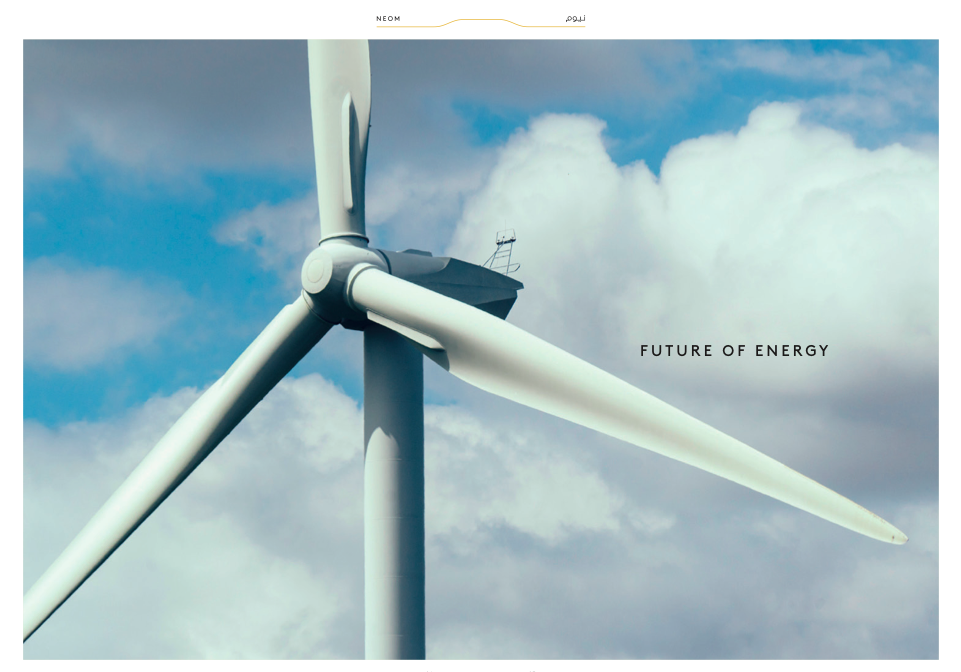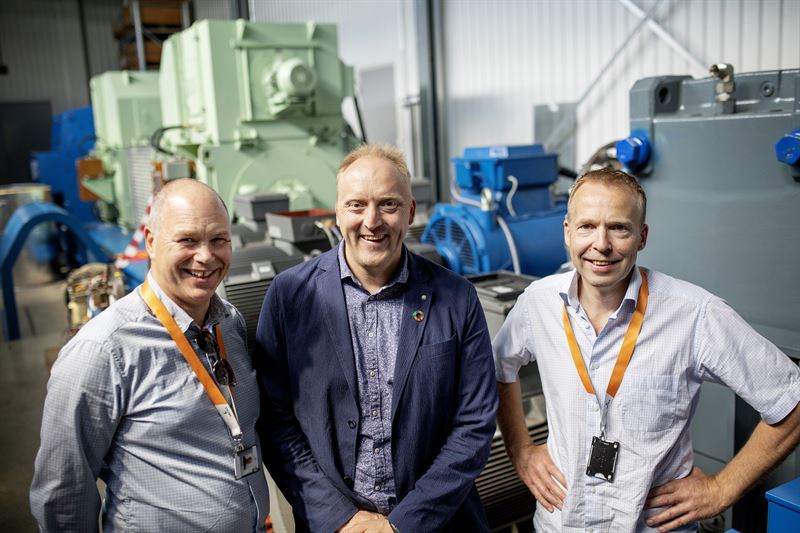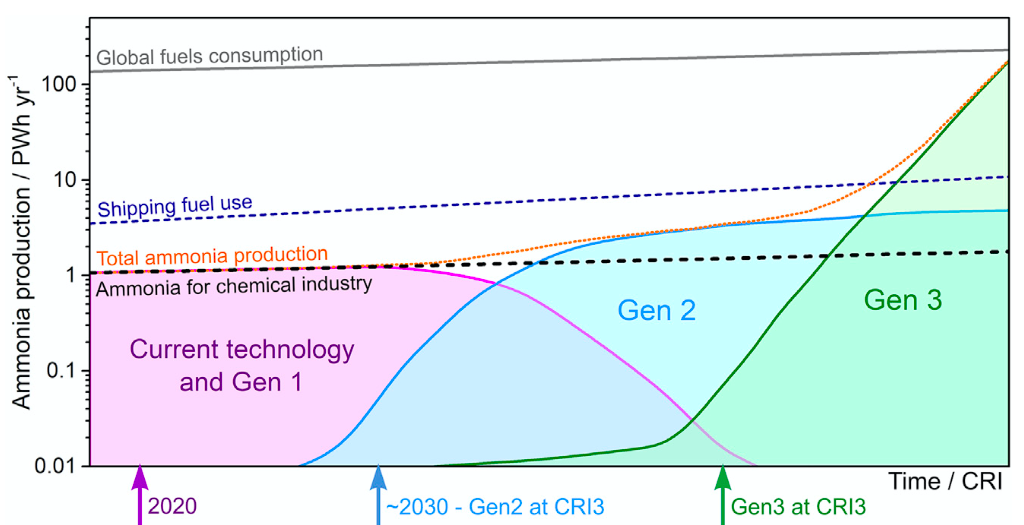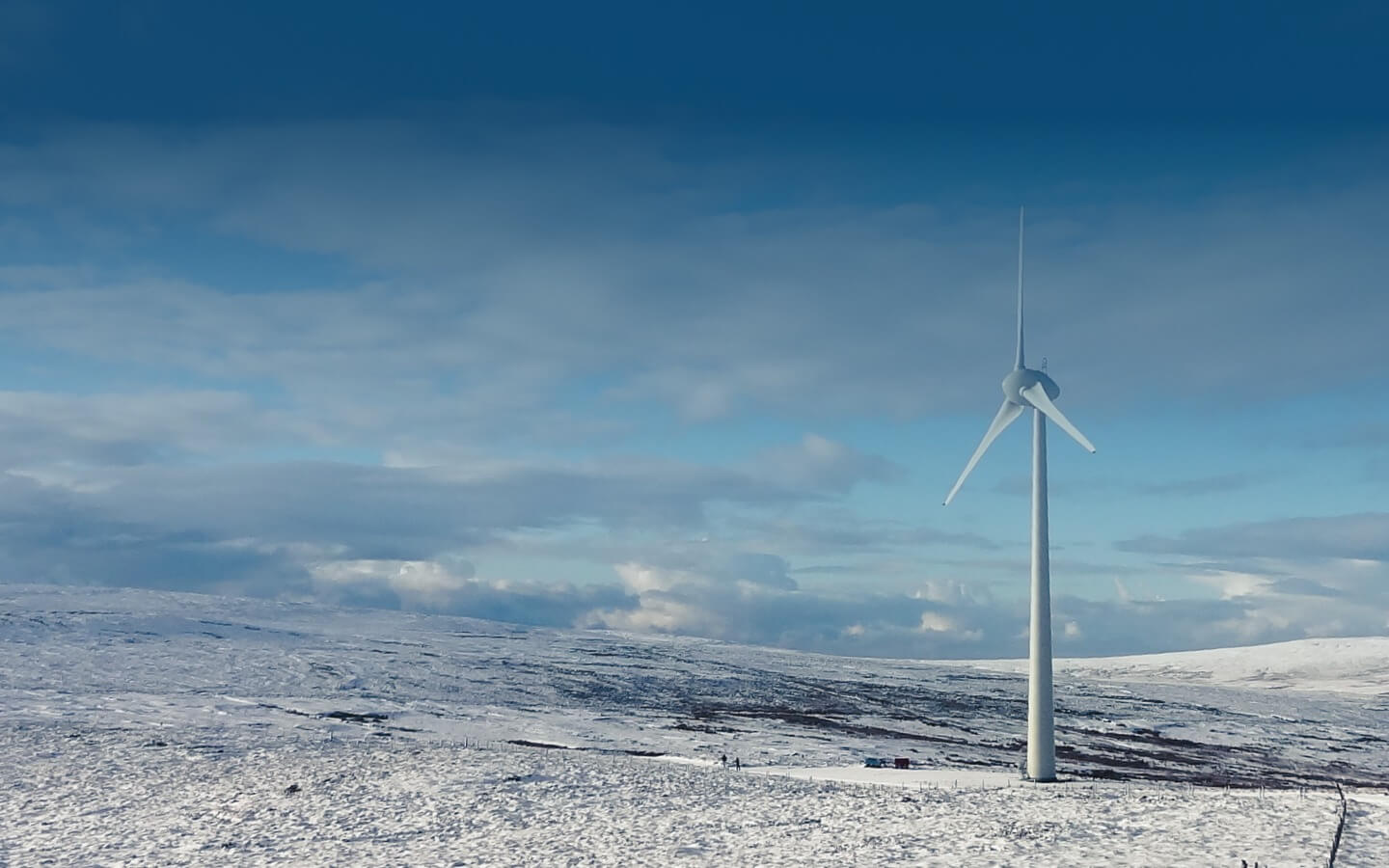Green ammonia at oil and gas scale: the 15 GW Asian Renewable Energy Hub
The Asian Renewable Energy Hub will be a 6,500 square kilometer wind and solar farm in Australia's Pilbara desert, producing green ammonia for export beginning in 2027/28. This was recently reported as an investment of AU$ 22 billion (US$ 16 billion). As it says on its website, this is "renewable energy at oil and gas scale." Details recently entered the public domain regarding the project's upstream segment (power generation). Now, its downstream segment (green ammonia production) is coming into focus as well. InterContinental Energy, one of the project backers, represents the Asian Renewable Energy Hub as just one project within its $100+ billion, 50 million ton per year, green ammonia and green methanol production portfolio: "the largest and most advanced portfolio of green hydrogen projects worldwide."









